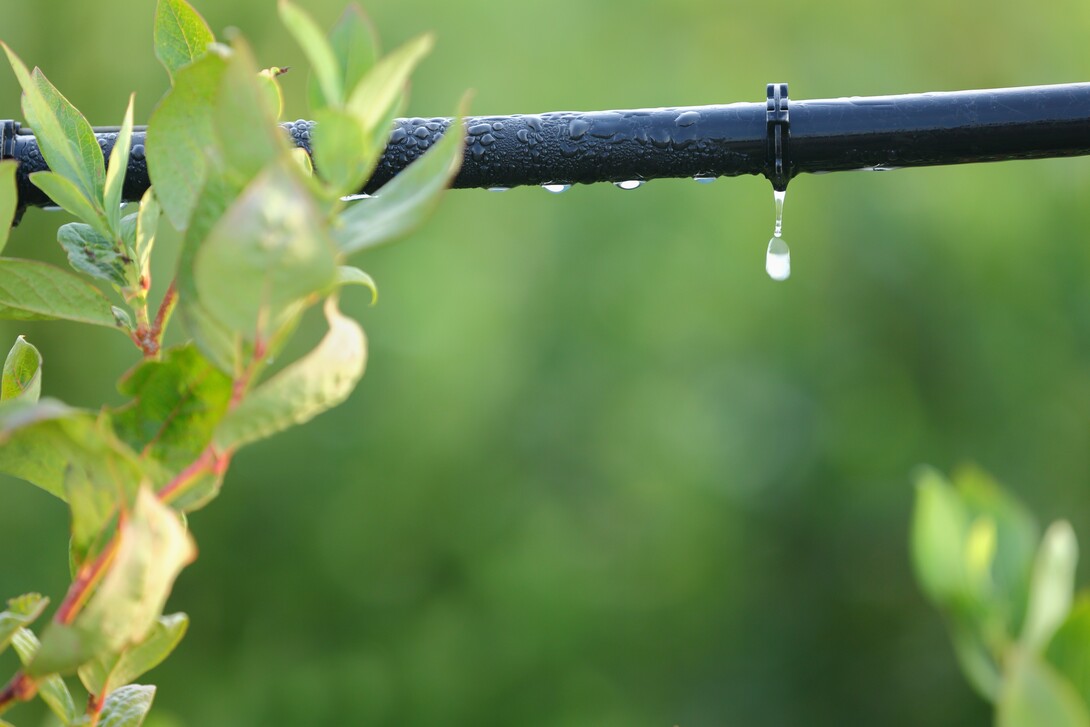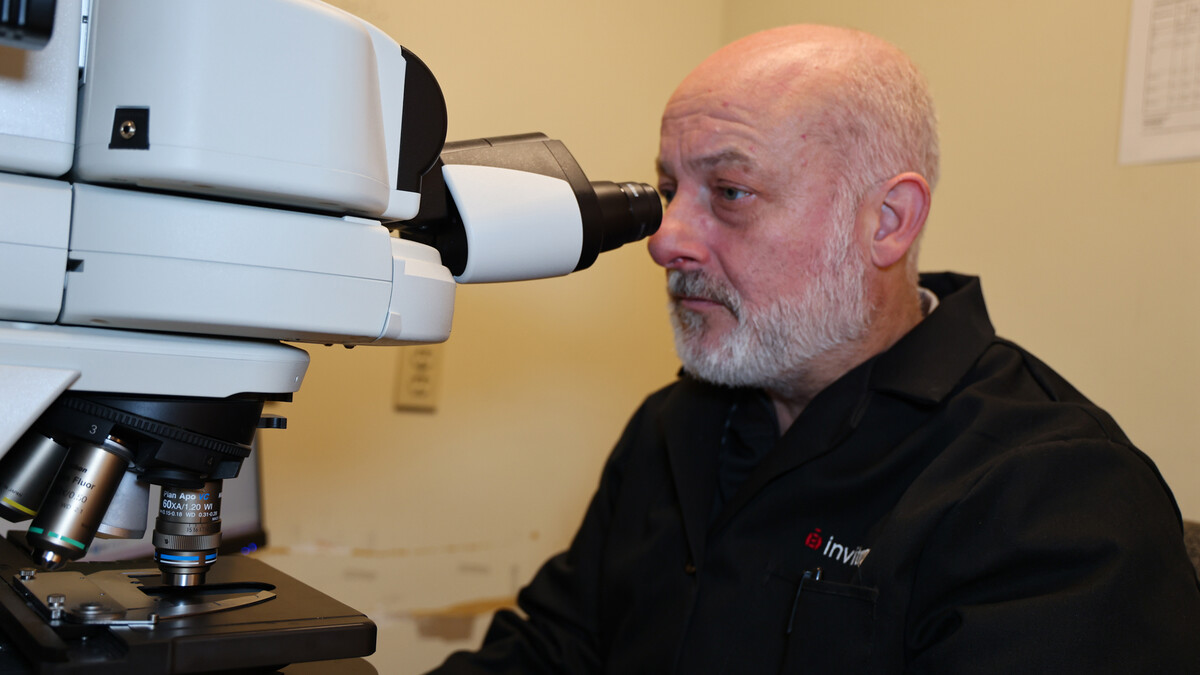
A new study measured the economic impact of the irrigation industry in the United States in 2020 and found that it has been growing by 2% per year since 2010. It also found the industry has a direct economic impact of nearly $9 billion and indirect impacts of $23.3 billion, creating more than 70,000 direct jobs — 167,000 jobs when secondary impacts are included.

The study includes agricultural, commercial, residential, and horticultural irrigation and provides an update on the industry’s growth since a similar study completed in 2010. Renata Rimsaite, a postdoctoral research associate with the Daugherty Water for Food Global Institute and National Drought Mitigation Center at the University of Nebraska, collaborated on the study, which was conducted by the Headwaters Corporation on behalf of the Irrigation Association and the Irrigation Innovation Consortium.
Gathering information for the assessment presented a challenge, as much of the data is not publicly available. However, the study was able to reveal industry trends by using economic analysis tools to piece together publicly available data from the U.S. Department of Agriculture and conversations with industry members.
According to the Irrigation Association, quantifying the economic impact of the irrigation industry is important in order to document irrigation’s output, increase its credibility and provide insights for business planning.
“This assessment provides a tool for the irrigation industry to show that they are not just implementing water-conserving technology. but are valuably contributing to the economy as well.” Rimsaite said.
The Daugherty Water for Food Global Institute at the University of Nebraska was founded in 2010 to address the global challenge of achieving food security with less stress on water resources by conducting scientific and policy research, using the results to inform and advise policymakers, and educating future water for food leaders.







